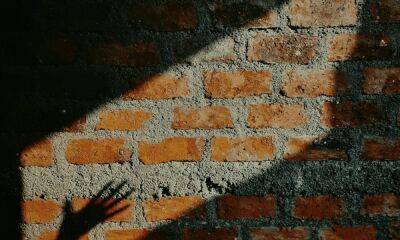Cattle, not coca, drive deforestation of the Amazon in Colombia – report
Cattle-ranching, not cocaine, has driven the destruction of the Colombian Amazon over the last four decades, a new study has found.
Successive recent governments have used environmental concerns to justify ramping up their war on the green shrub, but the research shows that in 2018 the amount of forest cleared to cultivate coca, the base ingredient of cocaine, was only 1/60th of that used for cattle.
The study’s findings vindicate conservation experts who have long argued that Colombia’s strategy to conserve the Amazon – often centered on combating coca production – has been misplaced.
“We want to finally eradicate this narrative that coca is the driver of deforestation,” said Pablo Murillo-Sandoval at the University of Tolima, who led the study.
Deforestation spiked after the guerrillas of the Revolutionary Armed Forces of Colombia (Farc) signed a landmark peace agreement with the government in 2016 and laid down their weapons.
As the rebels came out of the jungle, land-grabbers took advantage, clearing trees with chainsaws and burning vast areas. Deforestation reached a record high of 219,973 hectares (543,565 acres) in 2017, up 23% from the previous year.
Then president Iván Duque used the environmental destruction caused by coca cultivation to justify stepping up military action against coca farmers. Prohibited from spraying coca crops with glyphosate after the chemical was banned in 2015 for health concerns, the Duque government sent in choppers and armed troops into the Amazon rainforest, sometimes into deadly confrontations with coca farmers.
Yet while cattle ranches cleared more than 3m hectares (7.4m acres) of Amazon rainforest in 2018, coca’s impact was negligible.
Only 45,000 hectares (111,200 acres) were cleared for
Read more on theguardian.com







![Bitcoin Cash [BCH] crosses 6-month high; why then, should investors be wary? - ambcrypto.com - city Santiment](https://finance-news.co/storage/thumbs_400/img/2023/2/22/56776_jlxy.jpg)








